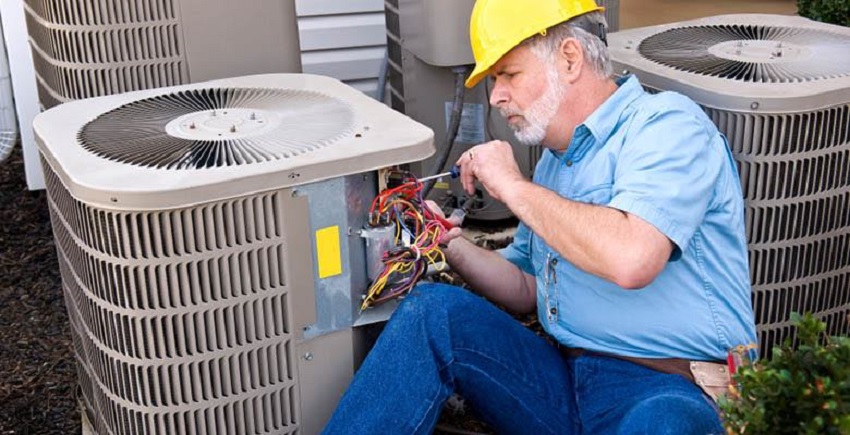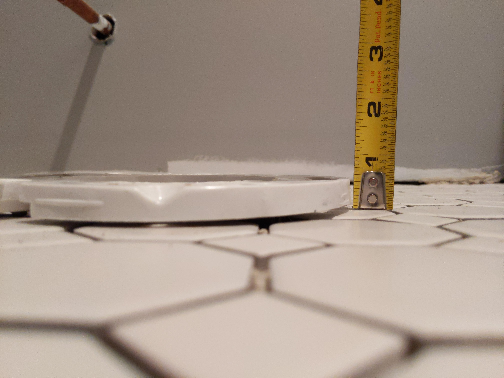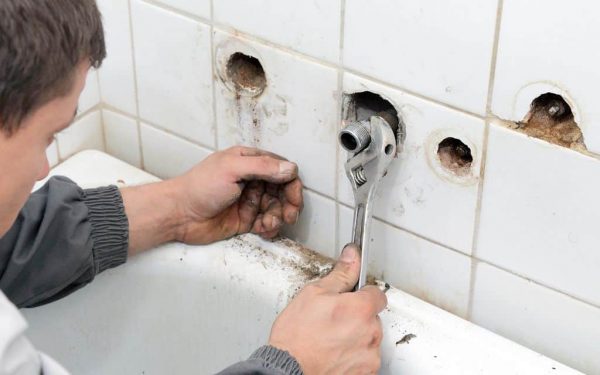When your bathtub faucet leaks, it does not feel great to have the water running down the sides of the tub and onto the floor. In this article, you will learn how to fix a leaking bathtub faucet when shower is on.
What causes a leaking bathtub faucet?
A few common causes of a leaking bathtub faucet are improper installation, worn or corroded fixing screws, and a defective ball joint.
To fix a leaking bathtub faucet, follow these steps:
1. Tighten all loose screws and tighten the fixing screws in accordance with the manufacturer’s instructions. If necessary, replace any damaged or worn parts.
2. Check the ball joint for corrosion and replace as needed.
3. Reconnect the hoses and check for leaks.
Where do I find the leak in my faucet?
There are a few things to check before calling in a plumber. First, make sure the faucet is securely attached to the shower arm. If it’s loose, water can seep down the spout and into the drain. Second, try turning the faucet handle all the way to the left or right and see if the water leaks from that side. Third, put your hand underneath the faucet and feel for any water bubbles coming up from the drain. Have a look at the fruit decoration ideas.
If you find any, there’s a good chance that your faucet is leaking and needs to be replaced. To fix a leaky faucet yourself, take these steps:
1) Turn off the water supply to the shower by turning off the valve behind the showerhead. (If there’s no valve behind the showerhead, turn off the main water line leading into your home.)
2) Remove the old faucet by unscrewing it from the shower arm. If there are any washers or gaskets attached, remove them as well.
3) Check to see if there is any damage to either piece of hardware. If so, replace them with new ones before installing the faucet.
4) If there is no damage to either piece of hardware, you can now install the new faucet by following these steps:
a. Put one hand on the lever at the top of the valve and turn on the water supply with your other hand.
b. Turn on the cold water supply first, then add hot water as needed (based on what kind of faucet your are replacing).
c. Shut off valves at both ends of your system and remove all old washers, gaskets and other parts in between.
d. Put new washers, gaskets or other parts in between and make sure they are installed correctly before screwing everything back together.
5) Once you’ve finished, test your faucet by turning on the water supply. If all is well and good, turn off the valves at both ends of your plumbing system and start using your new faucet.
Read More: Fall 2022 Home Decor Trends and Design Styles You Will Love
Fix Leaking Bathtub Faucet When Shower is on
If you are experiencing a constant flow of water from your bathtub faucet, it may be time to repair or replace the valve. Here are a few tips on how to fix a leaking bathtub faucet when shower is on:
1. If the leak is coming from the handle of the faucet, turn off the water to the fixture and remove the handle. Use a wrench to remove the screw that holds the handle in place and then remove the handle. If there is no screw, use a plunger to push down on the hose connecting to the valve and pull up gently until it comes loose. Remove the valve by unscrewing it from its housing.
2. If the leak is coming from within the faucet itself, use a putty knife to pry off any old plating or rubber gaskets around the base of the valve. Replace these if necessary with new ones made of softer materials that will not corrode over time. Clean all exposed metal surfaces with a corrosion-fighting cleaner and then apply a thin layer of plumbers putty to each surface. Use your fingers to press each putty joint until it’s firmly seated. Reinstall the valve by screw ing it back into its housing.
3. If there is a hole in the faucet, try using one of the other methods listed above to repair it.
Allow your water heater to completely heat up and then turn off the gas valve at the base of your appliance. If the leak persists, don’t ignore it! Shut off the gas valve and call for service immediately, since continued use could cause a leak that’s considerably more expensive to repair. You can cut grass with scissors.
Why Showering on a Leaky Bathtub Faucet can be Dangerous
If you’re having trouble showering because your bathtub is constantly leaking, it might be time to take a look at the faucet. Leaky bathtubs can be a real nuisance, not just because of the water wasted, but also because of the potential for injury.
Here are four common causes of leaky bathtubs and how to fix them:
1. Bad Drain Pump: If the drain pump isn’t working properly, water won’t flow out of the tub fast enough to keep up with the rate at which it’s filling up. In order to fix this, you’ll need to replace the pump or install a new one.
2. Faucet Mounting: If the faucet is loose or mounted incorrectly, water will seep through the joint and onto the floor. To fix this issue, you’ll need to tighten up the mounting screws or replace the faucet.
3. Leaky Tub: If the tub itself is leaking, there’s not much you can do except replace it. This type of leak can often be repaired by replacing the rubber gaskets or sealant around the tub area.
4. Bad Washer: A faulty washer can be caused by many things, but the most common is simply a worn out washer. To test this issue, you’ll need to remove the sprayer and check that it’s spinning correctly. If it is, the washer might just be running too slow. You can also replace them with new ones if they’re damaged or worn out.
5. Faucet Issues: Sometimes simple problems like a loose faucet mounting screw can cause problems with the faucet itself. To repair this issue, you’ll need to tighten up the screw or replace the part altogether.
Conclusion
Leaking bathtub faucet is a common problem that homeowners face, and it can be frustrating when you cannot seem to find the source of the leak. If you have tried everything to fix the leak and nothing seems to work, there might be a simpler solution. Check out our guide on how to fix leaking bathtub faucet when shower is on and see if you can solve your problem in just a few minutes.










